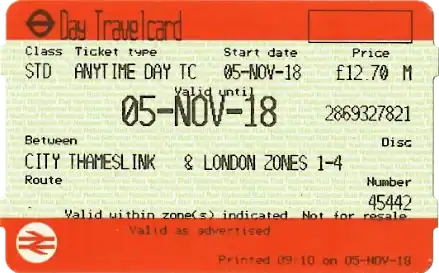A bit of bad weather is good. If you can’t visit the Tower of London at night then try and come here when it’s wet. And I mean proper wet… getting drenched wet. Rain like grey paint that clears the crowds out and shows you what it was like 1,000 years ago when the only visitors were prisoners.
The first thing that you need to know about the Tower of London is that there’s a hell of a lot of walking involved. If you struggle with stairs then you won’t be able to get inside many of the towers because there aren’t any lifts (they didn’t do disabled access in those days). They’re all winding stone stairs that are quite steep and creepy like a castle turret. It’s tough on the knees, tough on the feet, and I wouldn’t plan on doing any dancing in the evening. It’s the kind of place that makes you ache when you wake up the next morning.
 Photo: londondrum.com
Photo: londondrum.comQueues at the Tower of London
There are only three places in London where I genuinely dread the crowds: the London Eye, Madame Tussauds and this place. When you walk up to the front there’ll be hundreds of tourists grouping up, queuing up, milling around with maps, taking photos of the moat, the boats, the bridge, their kids. After passing under the portcullis they’ll finally fan out down Water Lane and head towards Traitor’s Gate.
 Photo: londondrum.com
Photo: londondrum.comBut before you follow the hordes down there you might want to peel off and join one of the free Yeoman Warder tours. You can pick it up at the entrance, just after where they search your bags. You’ll see a big wooden board which tells you when the next tour begins, alongside another hundred people all milling around down there because the groups can be huge. And I really do mean huge – I’ve personally seen them swell to over 200 people.
See Traitor’s Gate on a Yeoman Warder Tour
Normally I’d give something a miss if the crowd was this big but it really doesn’t matter for the Yeoman Warder tour. Trust me when I say you should do it anyway. But I definitely recommend doing it at the very beginning of your day (literally right at the beginning, before you do anything else). That’s because he only shows you the outsides of the towers, so you can use it as an overview before doubling-back and doing the insides on your own.
 Photo: londondrum.com
Photo: londondrum.com Photo: londondrum.com
Photo: londondrum.comWhatever you do don’t call the Yeoman Warders ‘Beefeaters’ because they don’t like it (that’s what I’ve been told anyway – I’m not going to test it out). Apparently it’s a derogatory nickname that dates all the way back to when the king couldn’t afford to pay them any wages, so he let them eat some meat from the king’s kitchens instead. The starving local Londoners didn’t like that very much and hissed “beef eaters!” at them every time they passed by. Beef eaters! Boo! Hiss! Back in those days the monarch still used the Tower as a Royal palace and the Yeoman Warders were his personal bodyguard. When Henry VIII moved out in 1509 he left a small detachment of them behind to guard the apartments and that’s where you’ll find them 500 years later, still locking up the gates, still watching over the Crown Jewels… and putting on sixty-minute walking tours for the tourists.
Okay, here he comes… the Warders are all old soldiers and you can tell they’ve seen a bit of action by their total lack of nerves. Most of us would be quaking in our boots if we had to give a speech to a hundred strangers, but not this guy. It’s as if he’s the sergeant and we’re the army – we’re certainly large enough for an army.
 Photo: londondrum.com
Photo: londondrum.com Photo: londondrum.com
Photo: londondrum.comIf you’re one of those alpha males who absolutely has to stand at the front of every crowd then good luck battling your way through the ranks. I just sort of tag along at the back and peer over people’s shoulders – that is my station in life. He begins with a quick little skit about the beheadings on Tower Hill and he’s got a lot of gory stores and jokes – it’s all very entertaining. Then he walks us down Water Lane and shares a few more stories about Traitor’s Gate, about the poor prisoners who dragged their shackled feet through the muddy scummy water and up the stone stairs with just the fiery lights of the Bloody Tower up ahead.
His tales are truly gruesome. He certainly loves his horror. His hands are tracing out the trails of blood that are spurting from his neck. His arm is the axe, chopping off our heads, then his hands become the daggers that are slicing and dicing through the sinews on our bones. This guy is re-living it as if he was actually there! Then he goes from window to window around the towers and houses and lists all of the prisoners that once peered out.
The Chapel Royal of St. Peter ad Vincula
 Photo: londondrum.com
Photo: londondrum.com Photo: londondrum.com
Photo: londondrum.comThe final part of the tour is a special treat because he takes you inside the Chapel Royal of St. Peter ad Vincula, where they buried the bodies that were killed on Tower Green. Tourists are only permitted to come in here if they’re on one of the Yeoman Warder tours (they also open it up during the final hour of each day, but who wants to wait that long?).
Every time I sit here staring at Anne Boleyn’s headless resting place it literally gives me the goosebumps. Then the guide steps to the left and shows us the final resting place of Catherine Howard. Then he does the same for Lady Jane Grey. Three Queens of England bundled under a few slabs of stone. The first time I was told who was under there I thought it was a wind-up. The history seems so intimate that you can scarcely believe it to be true.
Tower Green & Henry VI’s murder in the Wakefield Tower
 Photo: londondrum.com
Photo: londondrum.comThe tour ends when he turfs you out of the chapel and back onto Tower Green, so you’ll have to walk all the way back to the beginning and pick up an audio-guide. Now you need to go round the whole lot again by yourself, but actually going inside the buildings this time, starting with the medieval lodgings of Edward I. Then you enter the Wakefield Tower and see where Henry VI was murdered during the War of the Roses. You’ll get used to history like this as you walk around the Tower – every room seems to be the scene of an important historical event.
 Photo: londondrum.com
Photo: londondrum.comThe next tower has a little exhibition about all the lions and tigers they used to have chained up by the drawbridge. Apparently the visitors used to come along and chuck in some cats and dogs to feed the beasts, just like we’d throw breadcrumbs to the ducks. That’s how they entertained themselves in those days. By the early 1800s the lions had become too much hassle so they shifted them into the newly built London Zoo.
 Photo: londondrum.com
Photo: londondrum.comSee the Crown Jewels inside Waterloo Barracks
After a couple more towers you’ll have walked right round the entire curtain wall and come out by the chopping block on Tower Green again, where you’ll see a huge queue outside Waterloo Barracks where they keep the Crown Jewels. And there’ll probably be another huge queue inside as well because it doesn’t end at the door – they send the queue looping through a series of interior rooms and every time you think you’re getting closer to the end it bends around another corner. But stick with it because the jewels are well-worth seeing.
 Photo: londondrum.com
Photo: londondrum.comPeople think it’s just going to be the Imperial State crown but there’s actually a huge collection of crowns dating back a couple of hundred years, plus all of the monarch’s coronation gear as well: the flags, bugles, maces, sceptres, golden bowls and goblets used at the ceremony and celebrations. It’s a bit like walking into Smaug’s lair. Let me put it this way: you will be impressed. You will want a crown of your own. You will hint at your partner to buy you one for your birthday. Luckily they’ve got a little gift shop outside which sells replicas (they really do!).
 Photo: londondrum.com
Photo: londondrum.comOnce you’ve come out and rubbed the sparkle from your eyes you’ll probably want a cup of tea because you’ll have been walking around for two hours now. My knees are killing me so I’m definitely having one. You can do whatever you want, but I’m definitely having a sit down for ten minutes. The best cafe is in the New Armouries building nearby.
The White Tower & Exhibition of Royal armour
 Photo: londondrum.com
Photo: londondrum.comNow it’s time to tackle the White Tower – William the Conqueror’s Norman keep that he built in 1066. Inside is a big exhibition about arms and armour with guns and muskets, rifles, pikes, spikes, swords, daggers, cannons and a collection of silver suits that English kings wore into battle. Henry VIII’s suit of armour is practically a tank – they’ve placed it on top of a military horse and it’s absolutely terrifying! Charles I’s suit is the complete opposite… did he really ride into battle wearing that fancy thing? I’d be worried about getting a scuff on it.
The Bloody Tower & Walter Raleigh’s prison cell
 Photo: londondrum.com
Photo: londondrum.com Photo: londondrum.com
Photo: londondrum.comOn the way back you can do the Bloody Tower where Richard of York murdered the two little princes – allegedly (you have to add the word ‘allegedly’ otherwise you’ll have the Richard III Society on your case).
It’s also where Walter Raleigh got locked up for thirteen years and you can still see his original desk and belongings. It was quite a plush little room apart from one thing: a huge portcullis in the corner. The portcullis you saw at the foot of the Bloody Tower extends all the way up into his room, and imagine hearing that colossal thing being winched up every time you were trying to go to sleep.
 Photo: londondrum.com
Photo: londondrum.comExhibition of torture equipment in the Bloody Tower
Downstairs is where they keep all of the torture equipment. Every nation seems to have its favourite way of killing people: the French built guillotines whilst the Italians just nailed up their criminals on a cross. We preferred the rack and manacles. And we burned them on a stake as well, and drowned them in a dunking stool. Or hanged them at Tyburn. Or sometimes we just tied them to a chair and shot them – we certainly mixed it up a bit. Other nations showed a distinct lack of imagination when it came to torture – we basically tried everything.
To sum it all up then… I definitely recommend starting with a Yeoman Warder tour (if only to see the inside of the chapel) but make it the very first thing that you do. And don’t worry about the crowd size because it really doesn’t detract from the enjoyment at all.
I then recommend returning to the beginning to pick up an audio-guide and going round the whole lot again, so you can take your time looking at the insides.
I also recommend… If you enjoy this then try Hampton Court Palace; Tower Hill (you can walk it in less than 2 mins) and Windsor Castle. How about attending a church service in the Chapel Royal? You can also go on a Twilight Tour, and witness the 900-year old Ceremony of the Keys
How to get to the Tower of London
| Fare zone | Cash | Oyster & Contactless | Travelcard | ||||
|---|---|---|---|---|---|---|---|
| Single fare | Single fare | Daily cap | One day | ||||
| Peak | Off-peak | Peak | Off-peak | Anytime | Off-peak | ||
| Bus (all zones) | n/a | £1.75 | £5.25 | £6 | |||
| Train (zone 1) | £7 | £2.90 | £2.80 | £8.90 | £8.90 | £16.60(zone 1-4) | £16.60(zone 1-6) |
| Train (zone 1-2) | £7 | £3.50 | £2.90 | £8.90 | £8.90 | ||
| Train (zone 1-3) | £7 | £3.80 | £3.10 | £10.50 | £10.50 | ||
| Train (zone 1-4) | £7 | £4.60 | £3.40 | £12.80 | £12.80 | ||
| Train (zone 1-5) | £7 | £5.20 | £3.60 | £15.30 | £15.30 | £23.60(zone 1-6) | |
| Train (zone 1-6) | £7 | £5.80* | £3.80* | £16.30 | £16.30 | ||
| * Journeys between zone 1 and Heathrow are always charged at the peak rate. Prices are correct as of | |||||||
Related articles and events
Search for military events in London, military events today, tomorrow, this weekend and during April and May, or see what’s on near the Tower of London
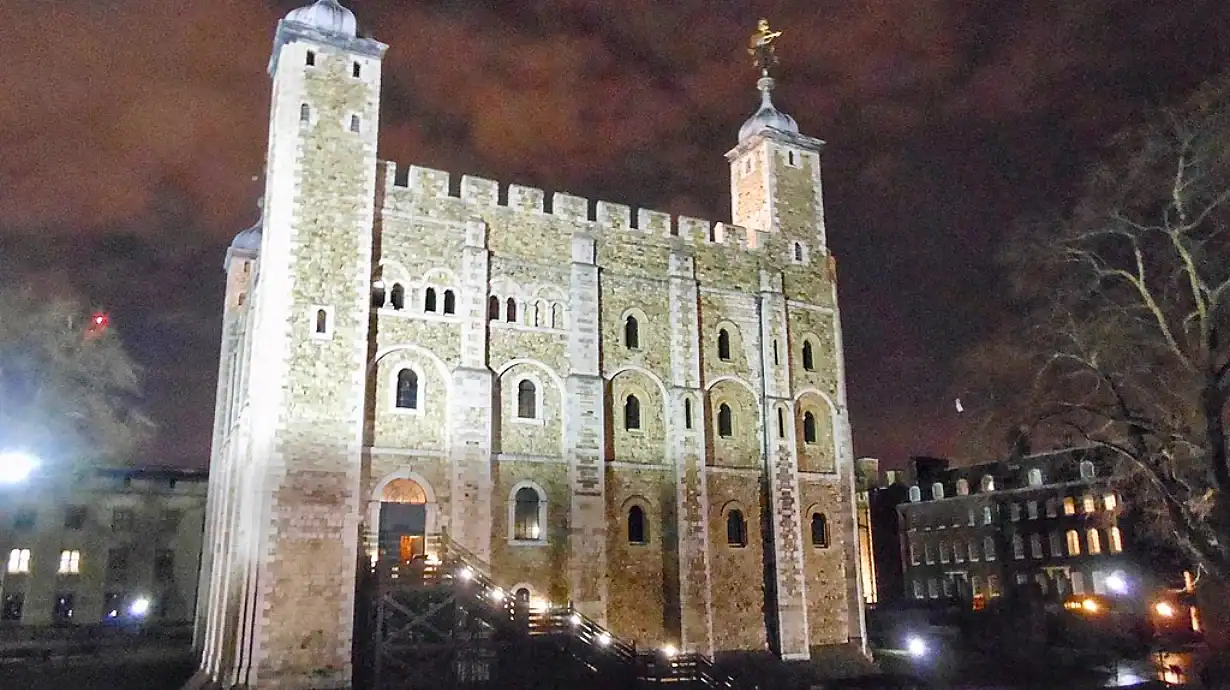
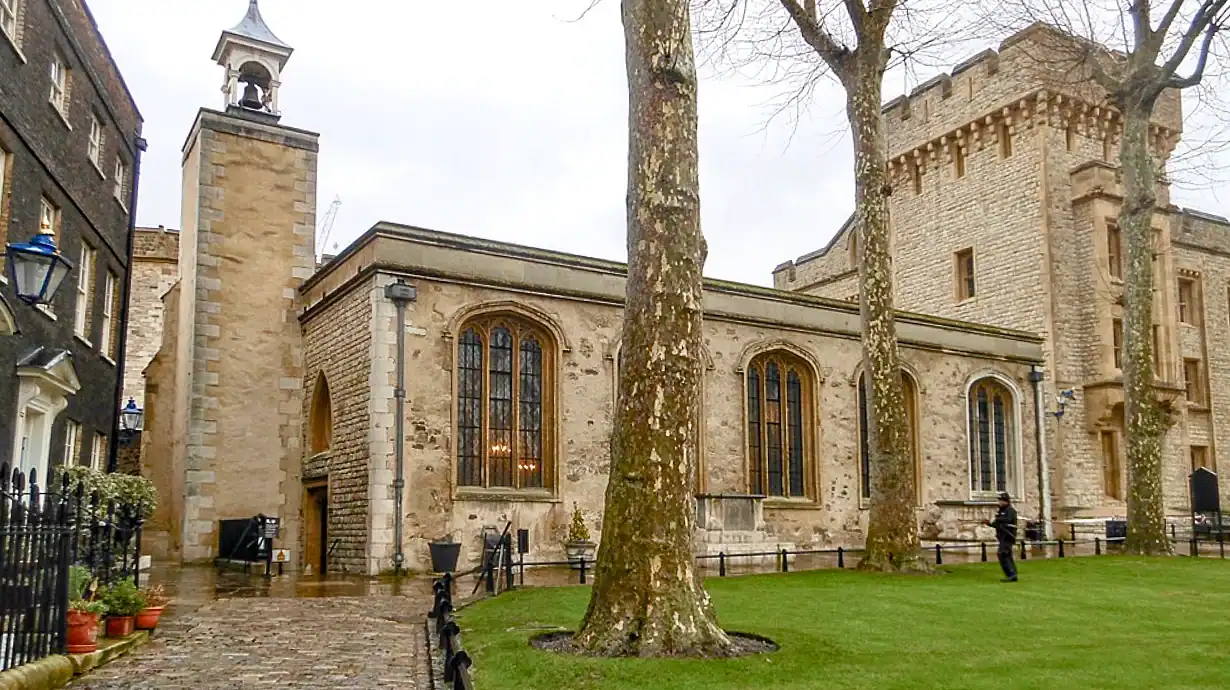
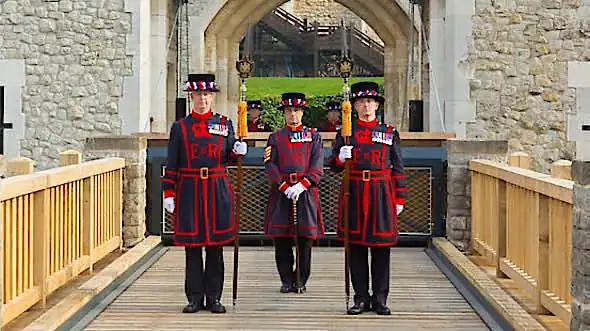
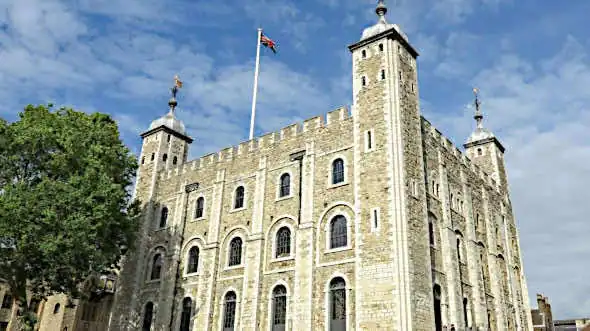
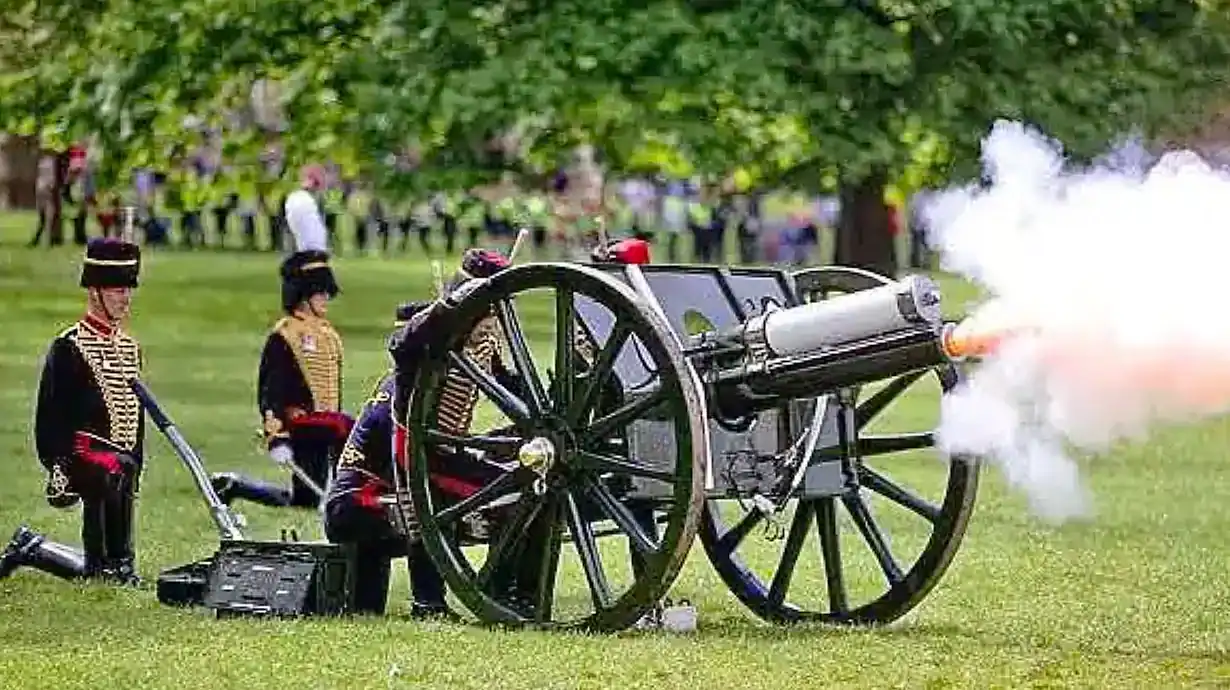
 Twitter
Twitter Facebook
Facebook Bluesky
Bluesky WhatsApp
WhatsApp Email
Email





